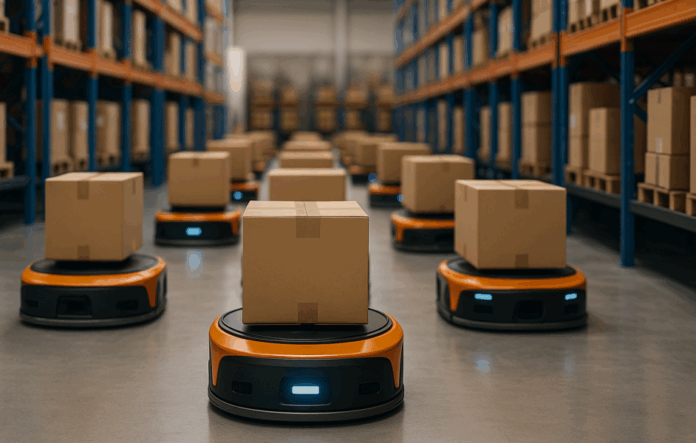Introduction to Robot Automation
The question of whether robots will eventually take over is still up for debate. However, if their capabilities are any indication, the answer is a resounding yes. Robots can already perform almost any task that a human can, and they are still in their infancy. According to Bill Gates, their capabilities are "limitless." For businesses, robots mean increased efficiency and lower costs, especially in factories, warehouses, and other facilities that require significant human labor.
The Perceived Benefits of Robots
Many managers assume that replacing human workers with robots will result in a staff that works for zero dollars per hour and can work 24/7 if needed. While robots do come with their own expenses, the thinking is that the reduction in labor costs will lead to a great return on investment. However, this is not always the case. Many managers are not fully aware of the hidden costs associated with robots and autonomous mobile equipment.
Hidden Costs of Robot Automation
Some of the hidden costs that managers often don’t consider include downtime due to charging, computer upgrades to manage the fleet, lost storage or production space, and even traffic jams. These costs can significantly impact the overall efficiency and cost-effectiveness of robot automation.
Downtime Inefficiencies
Robots and automated moving equipment run on batteries that need to be charged. The charging time can be as much as 20% of the time they are supposed to function. Additionally, data shows that other issues often keep robots down for another 12% of their time, meaning that many robots could be offline for as much as a third of the time managers expect them to be working. This downtime needs to be reflected in ROI calculations.
Expanding the Fleet Means Expanding the Budget
To compensate for downtime, many warehouses or factories have a backup fleet of robots. This can include additional maintenance and battery replacement costs, as well as the need for a more robust server to control the extra robots. These expenses can affect ROI calculations and need to be taken into account.
Lost Space and Additional Costs
Robots need power, and in standard warehouse and factory setups, this means allocating space for chargers and docking stations. This extra space can cost money, whether in leasing costs, purchase of land, or real estate taxes. These expenses need to be included in ROI calculations. Additionally, the need for more space can lead to issues such as reduced storage capacity, increased transport costs, and inventory tracking problems.
Robot Traffic Jams
With more robots on a factory or warehouse floor, there is a greater possibility of collisions with each other or with human workers. These collisions can lead to damage, injuries, and other major problems. Managers can opt for collision detection systems, but these cost money too. These factors can seriously compromise ROI estimates.
Solutions to Hidden Costs
One promising solution to some of these issues lies in innovative charging methods that reduce or eliminate the need for charging downtime. These methods, such as enabling robots to charge as they work, could reduce the need for backup robots and solve some of the challenges associated with idle time, crowded work floors, and expenses related to controlling fleets.
Conclusion
Automation is indeed the future, and the number of fully automated warehouses in the US has been steadily rising. However, facility managers and owners need to take into account the hidden costs of automation and ensure that they are accurately figured into ROI calculations. By doing so, they can make informed decisions about whether robot automation is right for their business. With the right solutions in place, robot automation can indeed benefit an organization’s bottom line, but it’s crucial to be aware of the potential pitfalls and take steps to mitigate them.

